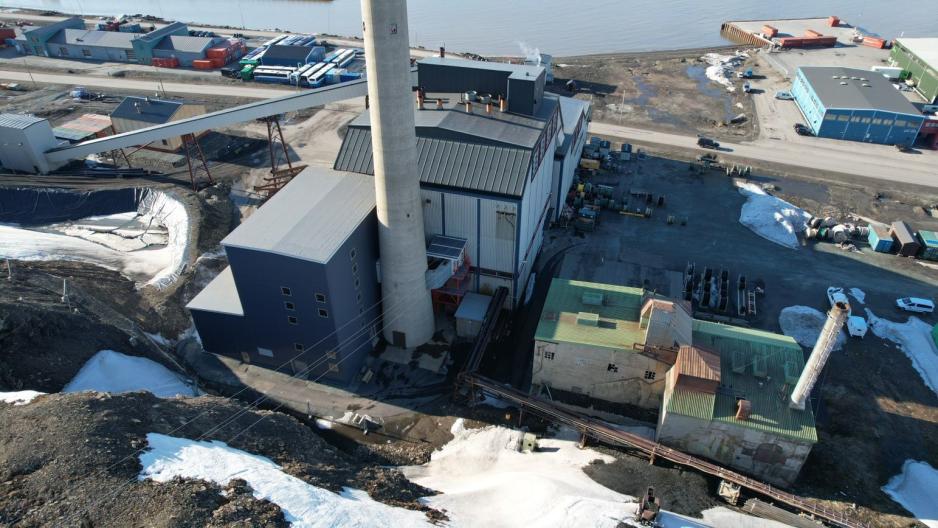Svalbard Takes Its First Step Towards Becoming a Zero-Emission Community

Longyear Energy Plant is Norway’s only operative coal power plant and is scheduled to shut down in 2023. (Photo: Longyearbyen Local Council)
Longyearbyen has acquired a giant battery in its first step towards emission-free energy supply. Today, the town’s population is dependent on Norway’s only remaining operative coal power plant.
Buying a giant battery, Longyearbyen Local Council is now starting its work to become a full-fledged zero emission community. The battery, which will be one of the largest in all Scandinavia, is to provide better supply security, contribute to lower fuel expenses, reduce climate emissions, and facilitate future zero-emission energy supply in Svalbard.
The Local Council announces this in a press release.
The battery system is comprised of six containers and has an effect of six megawatts. Storage capacity is sufficient to operate the whole town’s power supply for more than one hour. That is far more time than what it takes to start the diesel generators, which currently constitute the reserve power supply for the coal power plant. At the same time, the system is a transition solution until the energy supply is fully renewable.
The battery is supplied by French battery company SAFT. Construction commences this summer, and the battery solution is to be fully operative in 2023.

The battery system is comprised of six containers of six feet each (20 foot). The battery supply to Longyearbyen will be the largest Arctic delivery so far. The system has six-megawatt capacity and can store seven megawatt hours. (Photo: SAFT)
Vulnerable in the cold
“We are totally dependent on secure energy supply in the Arctic cold. At the same time, we notice climate changes from one year to the next. We are thus ready to do our part of the job with cutting emissions while also establishing a future-oriented and secure energy supply with the new battery”, says Morten Dyrstad, Technical Sector Chief at Longyearbyen Local Council.
Acquisition of the battery has been thoroughly vetted and marks the beginning of phasing in new emission-free energy production in Svalbard.
“The battery acquisition marks the beginning of an important construction project for Longyearbyen Local Council, and this is also the time for us to start the work on creating a new energy plan. The battery will play a key role in the work of establishing a new and renewable energy solution for Svalbard”, says Project Manager for Energy Transition Joachim Karlsen at Longyearbyen Local Council.

Project Manager for Energy Transition Joachim Karlsen at Longyearbyen Local Council now starts the work with establishing a new energy plan. The battery will play a key role in establishing a new and renewable energy solution for Svalbard. (Photo: Longyearbyen Local Council)
Significant transfer value
The Local Council argues that the project holds significant transfer value for the mainland.
“In Longyearbyen Local Council, we are concerned with sharing out experiences with others. Our future experience with using the battery and the work we are to do now in order to bring about a transition in Svalbard’s energy supply will have significant transfer value for the mainland”, Karlsen says.
In the fall of 2021, the Local Council decided that the coal power plant was to be shut down no later than the fall of 2023. Longyearbyen Local Council works out a plan for a new and renewable energy solution. Meanwhile, the current diesel-fueled reserve power plant will act as transition solution until a new energy system is in place.
100 percent cuts
The transition from coal to diesel will cut CO2 emissions by some 50 percent and in the longer run, the Local Council aims to cut climate gas emissions completely.
Enova contributes with funding for the project, and the Local Council has initiated a collaboration with the University Center in Svalbard (UNIS) to secure accumulation and dissemination of knowledge.
There are currently two coal power plants in Svalbard, one in Longyearbyen and one in the Russian settlement Barentsburg.
Also read
This article was originally published in Norwegian and has been translated by HNN's Elisabeth Bergquist.



